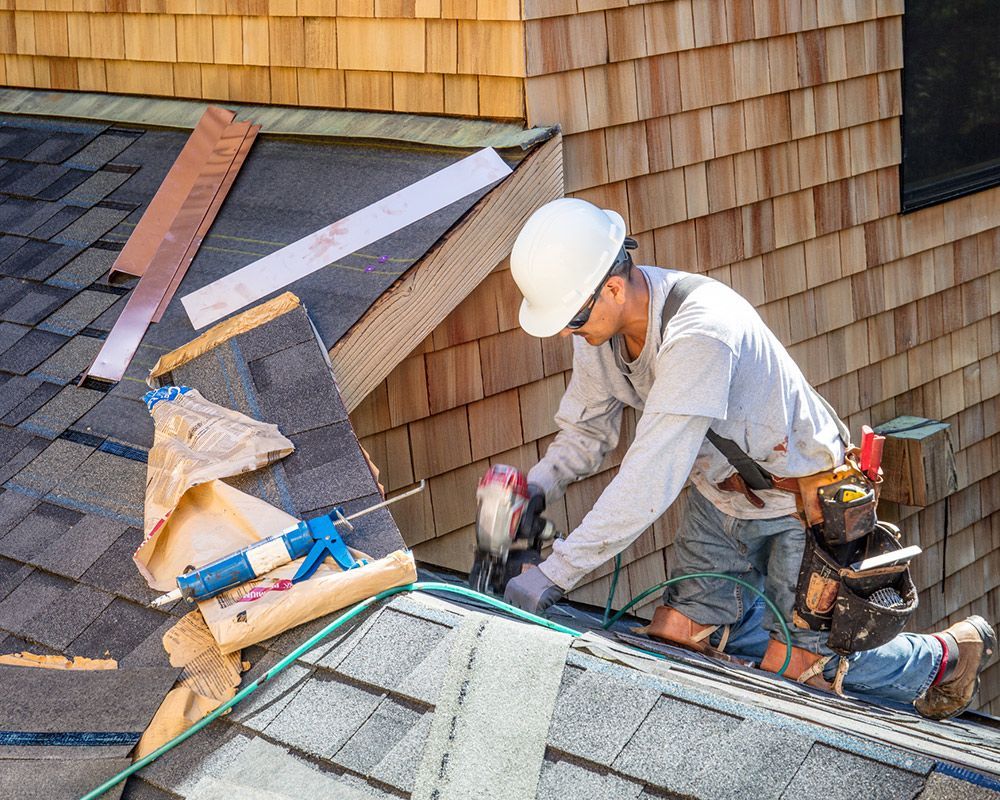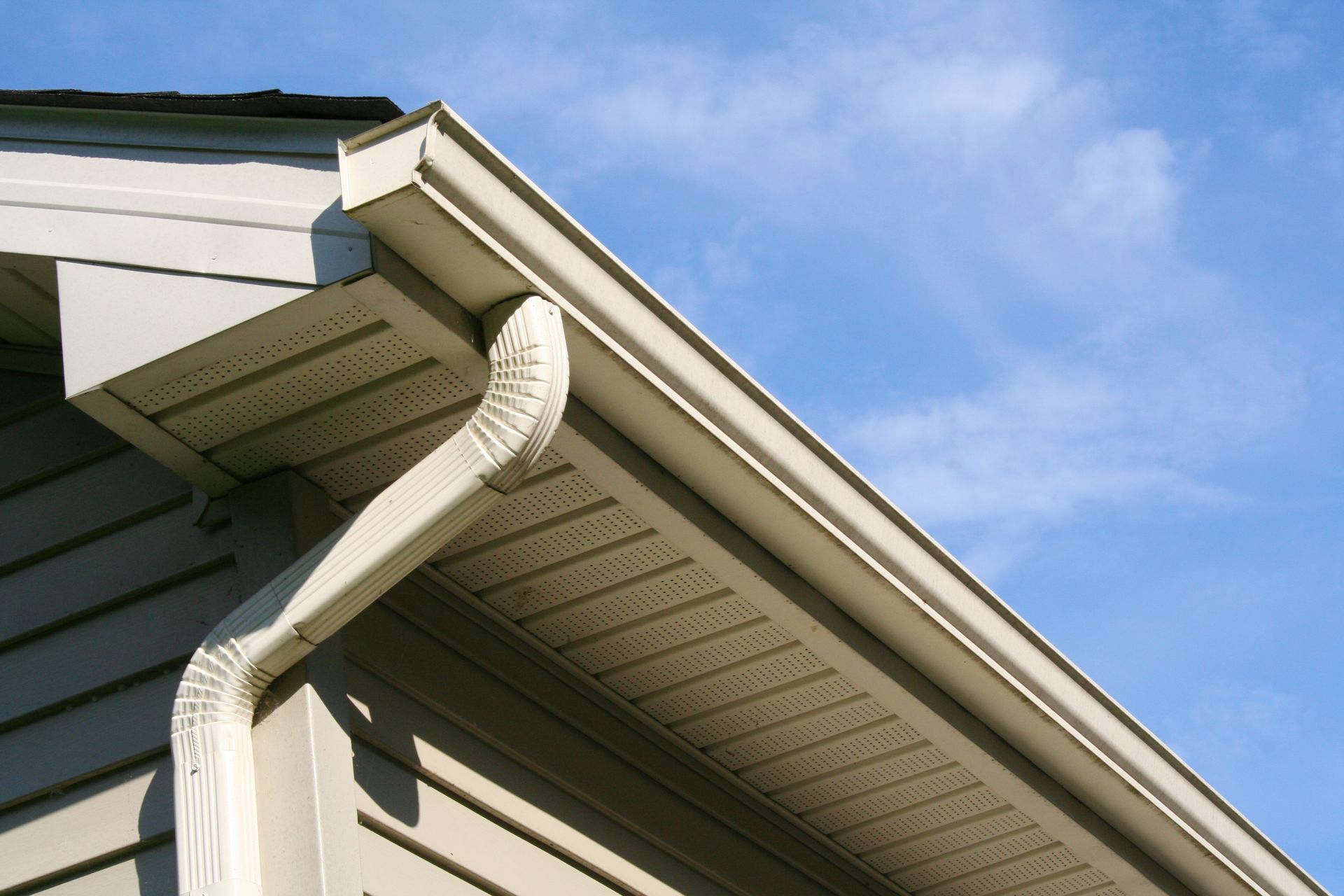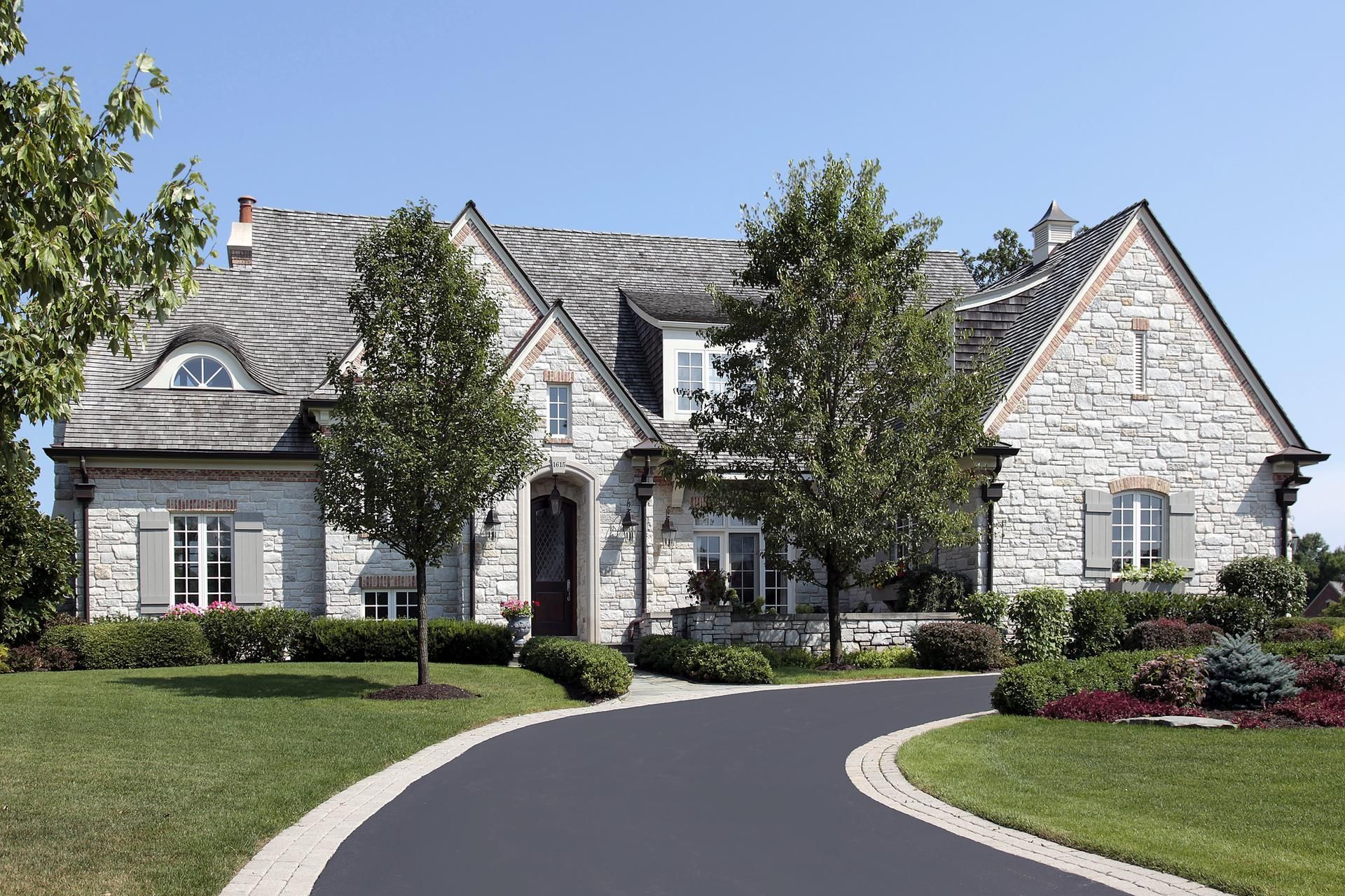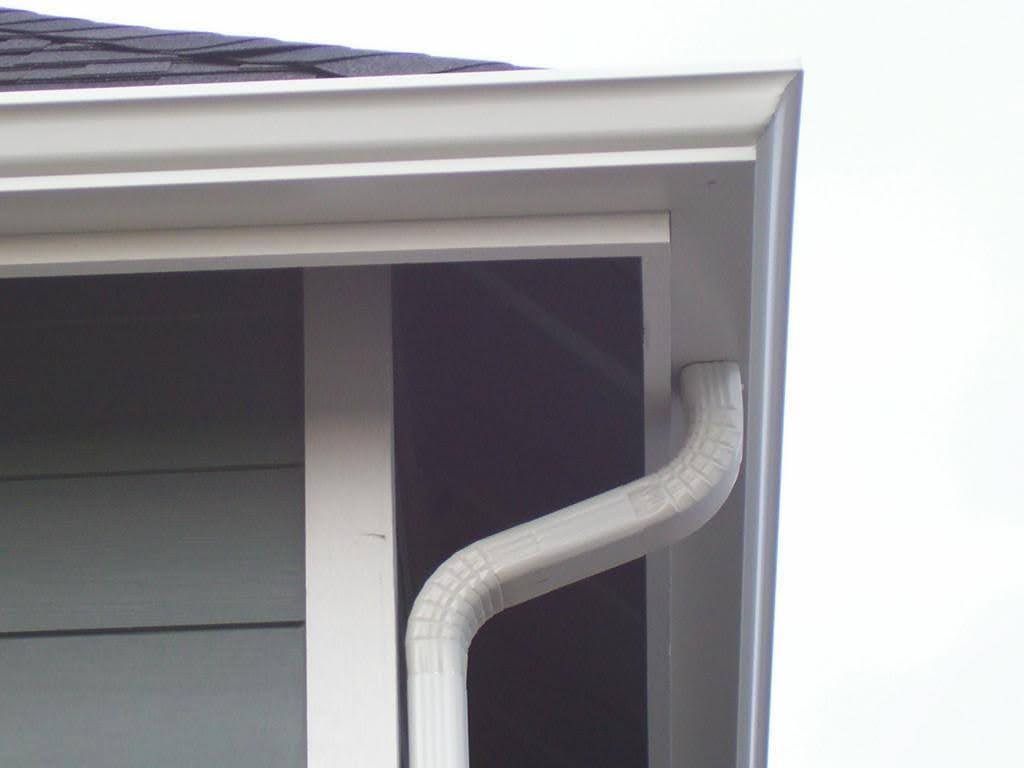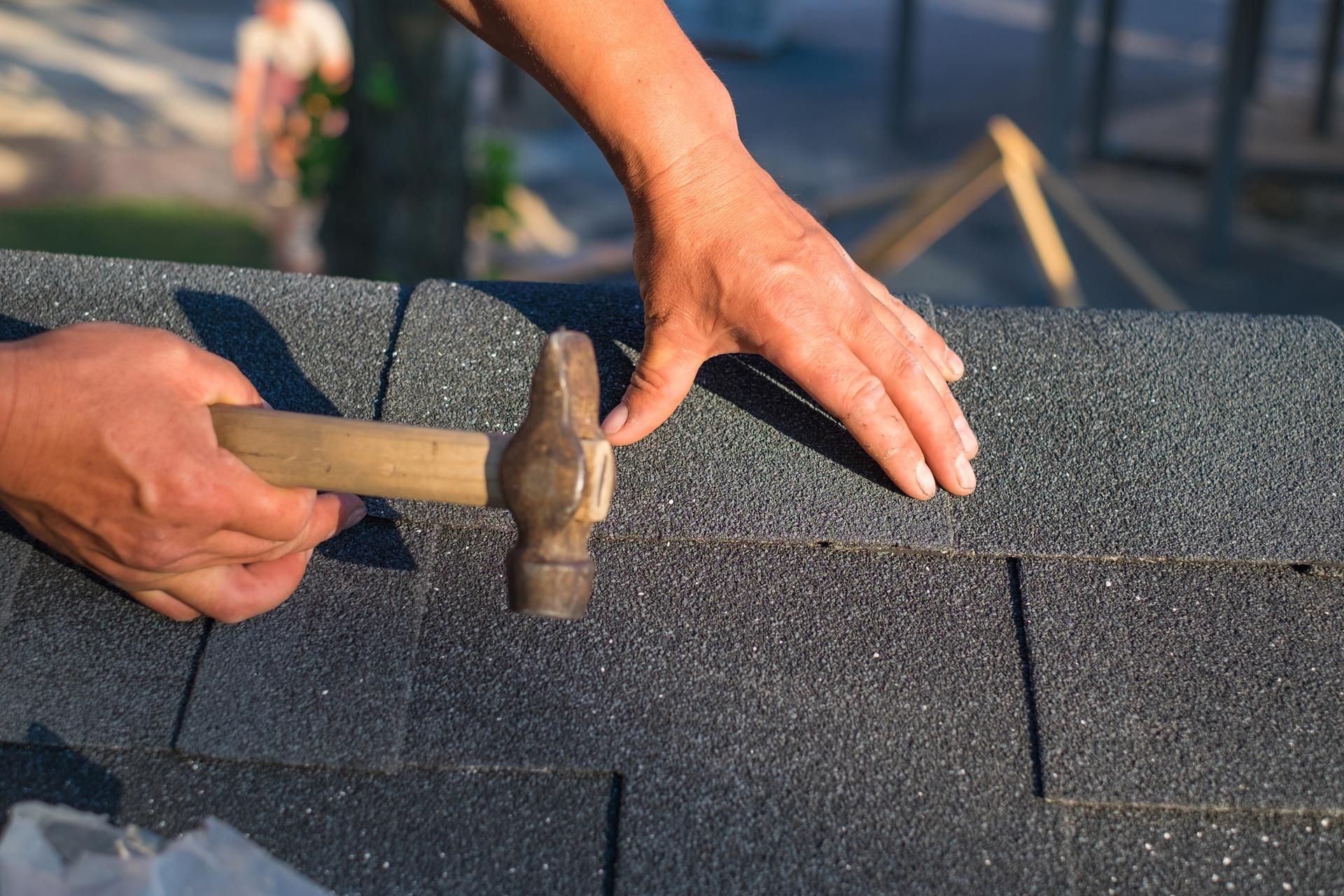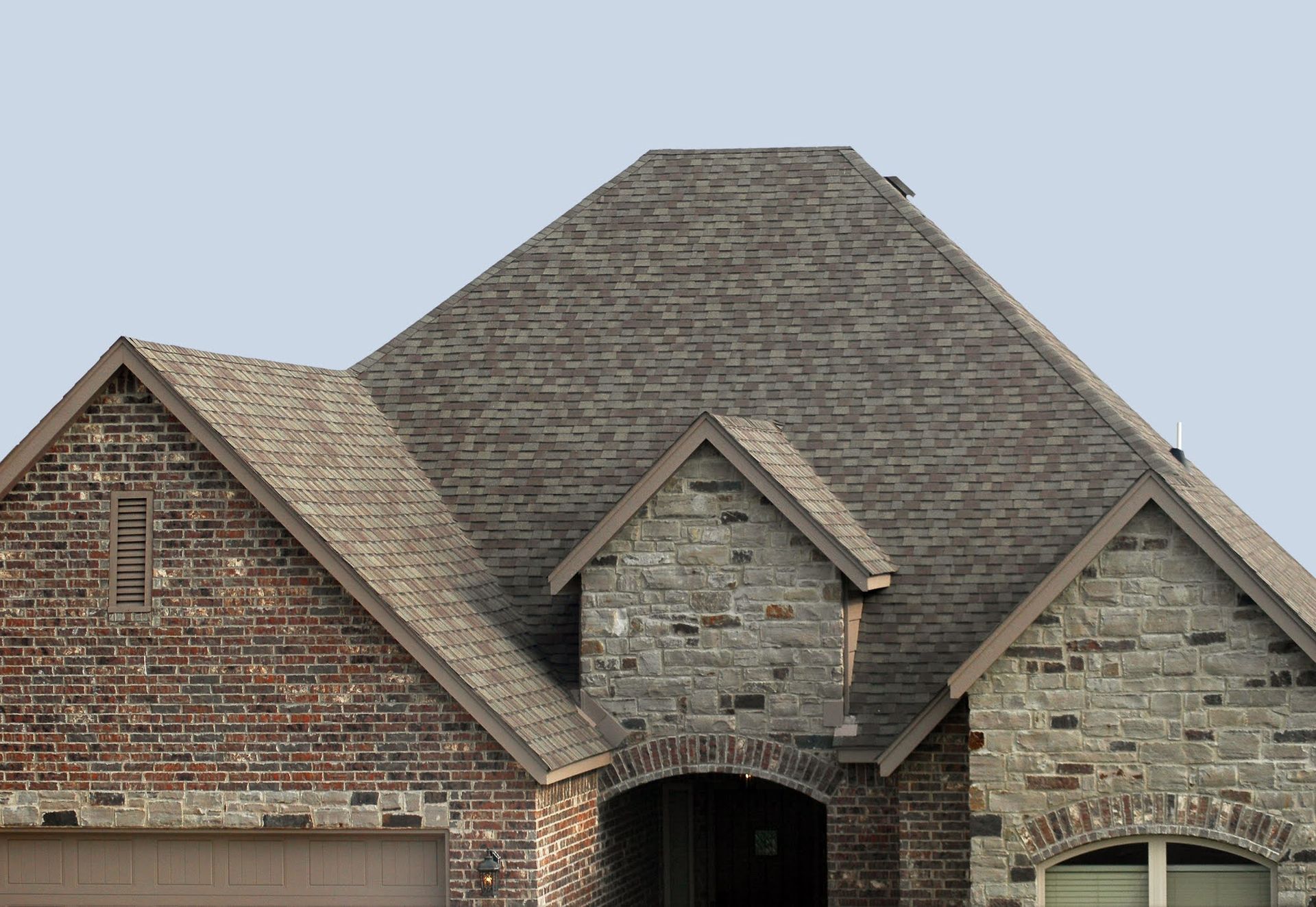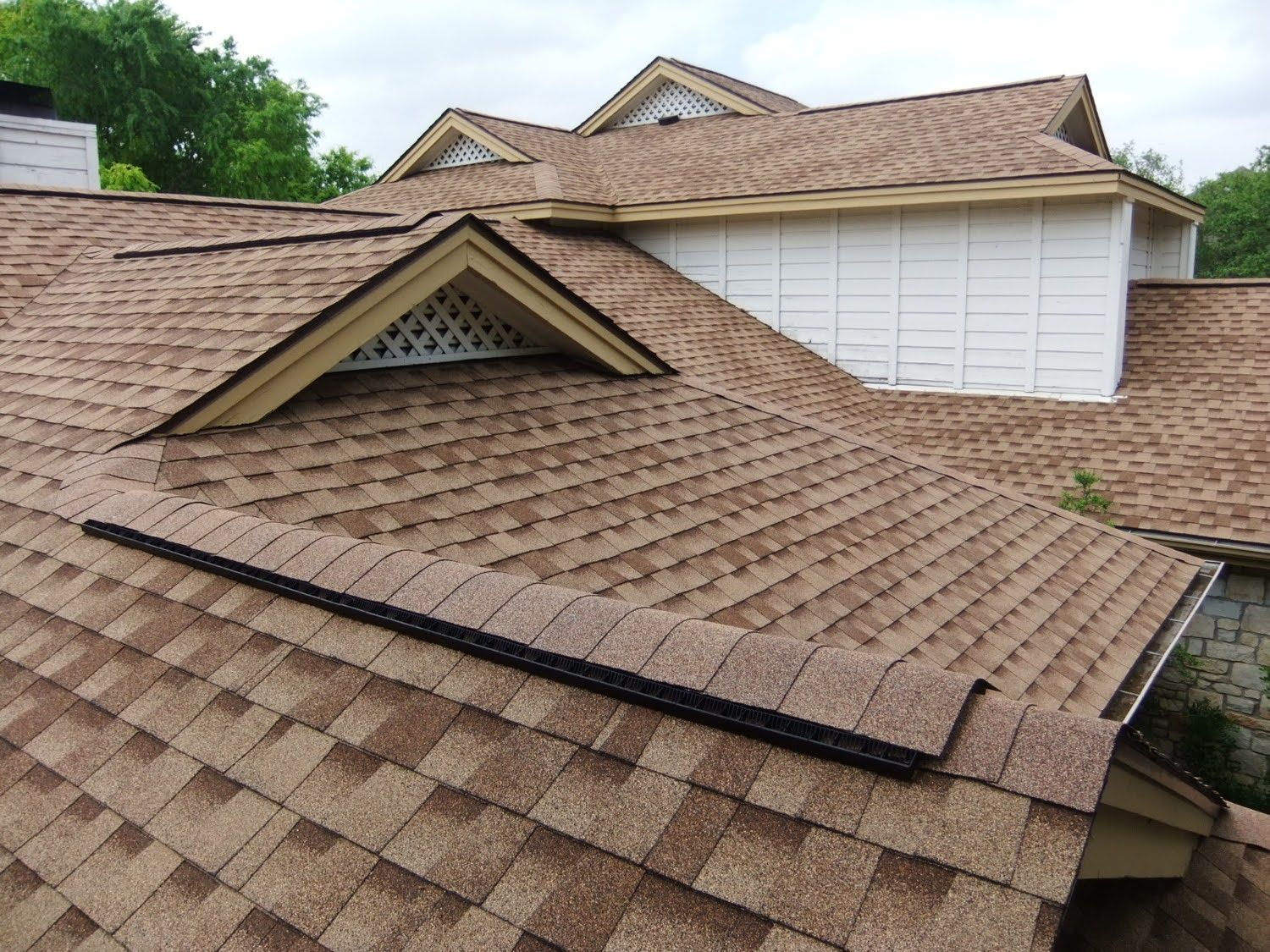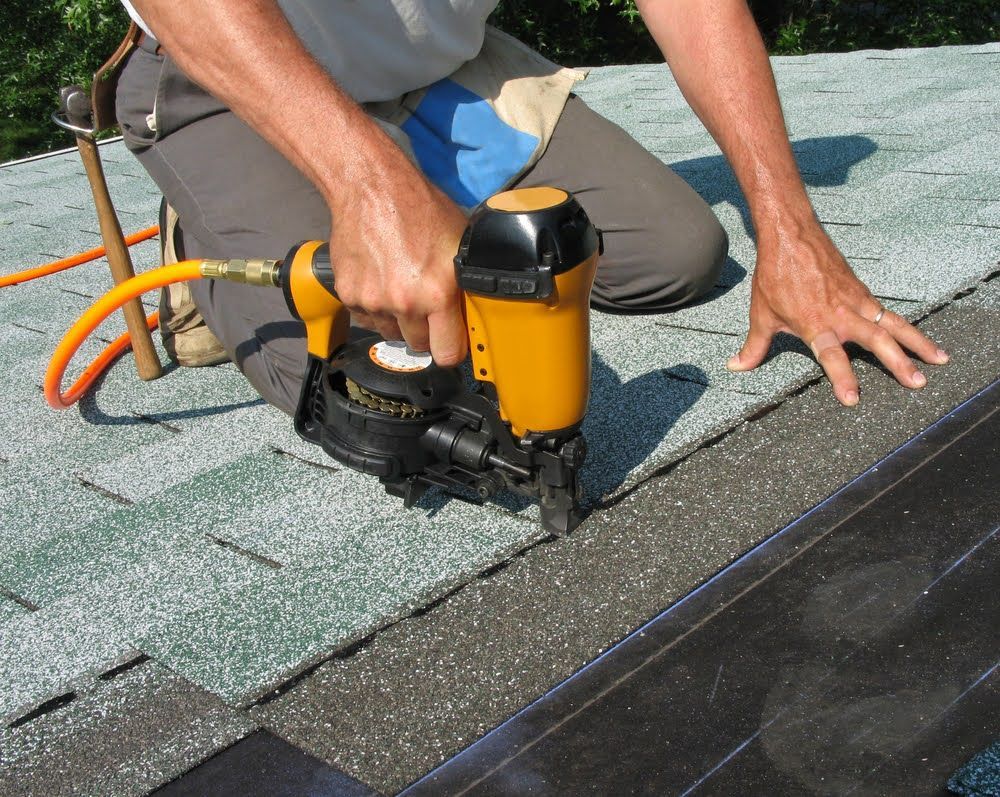
Ask about our Referal Program.

Ask about our Referal Program.
We Now Offer Financing
Call for details!
Serving Spokane & Surrounding Areas Including Post Falls & Coeur d'Alene
We Have Expanded and Now Serve The Tacoma Area
Everything You Need To Know About Roof Ventilation
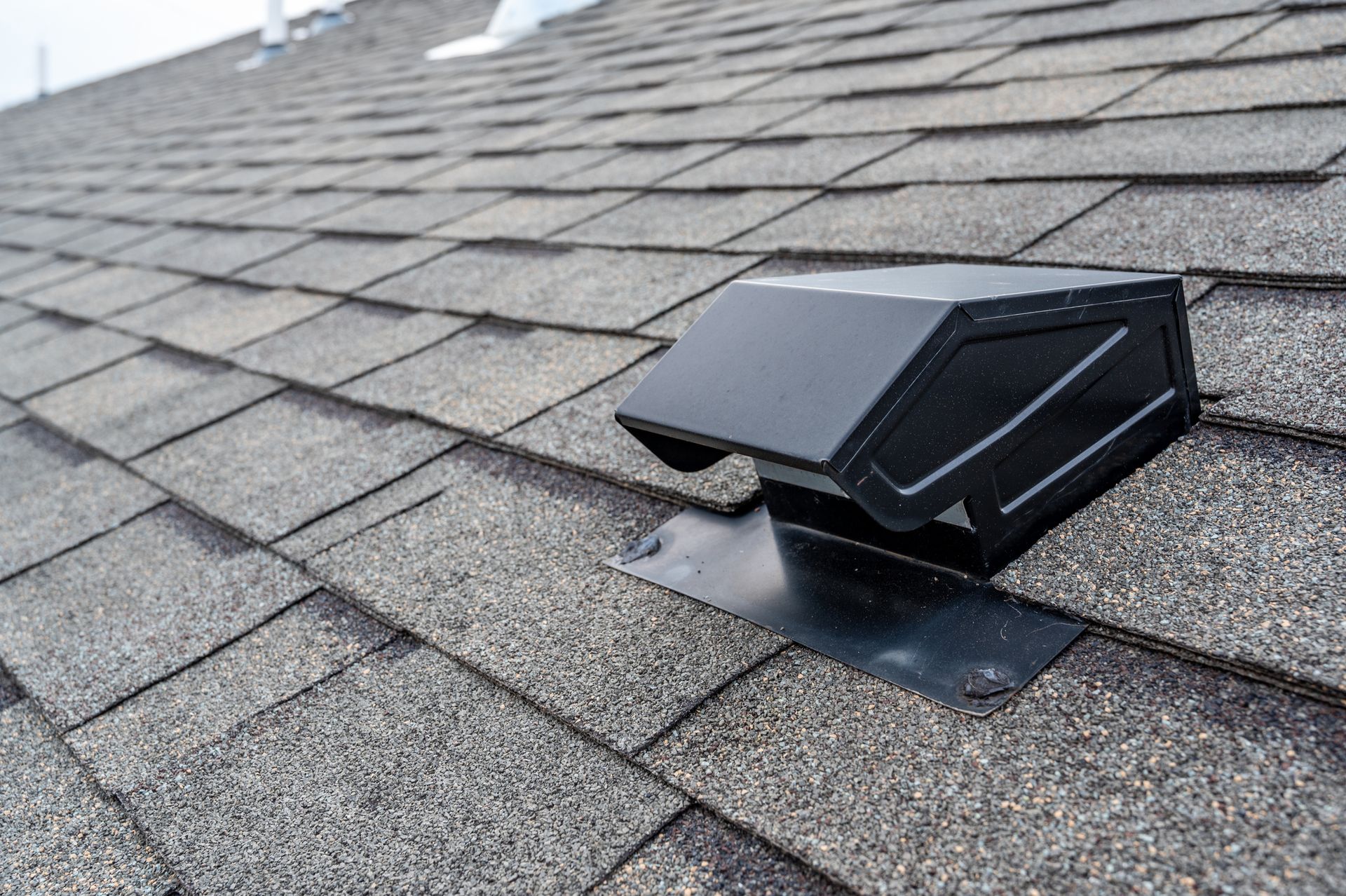
The roof is one of the most important components of any structure since it protects the structure from the elements. Thus, you must ensure that it receives adequate ventilation to prolong its lifespan and enhance its performance. This article will cover everything you need to know about roof ventilation, including how it works, the types of ventilation, and the benefits of proper ventilation.
Mechanics of Roof Ventilation
Roof ventilation is a system that lets fresh air into the roof and lets stale air out. This circulation makes the air inside the roof more tolerable for the roof components. Roof ventilation provides a good way to lower the moisture and temperature in the attic, which can make the rest of the house more comfortable.
Roof ventilation allows air to move more freely through the attic or the underside of the roof. This airflow prevents overheating in the attic, which can interact with cool air and cause moisture to build up. Two main ways exist to get air to move through an attic: mechanical and natural.
For air to move with mechanical ventilation, you need a power source like an exhaust fan or a turbine vent. This kind of ventilation is beneficial for places where there is inadequate natural ventilation.
For natural ventilation, the roof designers use the stack effect and the wind effect to move air around. The stack effect happens when hot air rises and produces more pressure at high points in the attic. The wind effect happens when wind blows against the exterior of a roof and makes more air come in and go out.
Types of Roof Vents
Turbine vents, also called "whirly birds," move the air in your attic around a few times an hour. Contrary to what most people think, turbine vents will not let birds, debris, rain, or snow into your residence unless they break.
Power vents are round vents usually put on a roof close to the ridge cap. The electricity in these vents pulls excess heat out of the attic and sends it out into the air. The only problem with power vents is that the motors need replacement every few years.
For ridge vents with a baffle, you must install mechanical fans in the attic to make sure the hot air gets out. Ridge vents without a baffle are the same as those with a baffle. However, they do not have the plastic flaps.
Most passive roof vents use static vents, also called box vents or turtle vents. The hot air in the attic flows out of these vents by convection and then out of the vent.
Gable end vents are vents trimmed into the side of the house just below the peak. When the wind blows outside, these vents let the air in the attic move through the ventilation system and out the sides of the building.
Benefits
Roof ventilation is important to the health and safety of any building. It helps control the temperature in the roof cavity, which means that less energy needed to cool the house with air conditioning. This protection will save you money over time and keep your bank account in good shape.
Roof ventilation also prevents moisture build-up in the roof space, which can cause water to drip from the rafters and mold, mildew, and termites to grow. Lastly, roof ventilation protects your insulation from too much humidity, which can damage the insulation and make it less effective.
An experienced roofing technician can help you install a ventilation system for your old or new roof.
Contact us at All Terrain Roofing for roof ventilation services and other roofing services. We serve Spokane, WA, and other surrounding areas.
CONTACT INFORMATION
Licensed and insured.
Lic # ALLTETR835BL
Serving Eastern Washington - Spokane, Spokane Valley, Cheney, North to Colville & Pullman, Airway Heights – Nine Mile Falls – Deer Park – Mead – Liberty Lake
Serving Western Washington -
Federal Way -
Tacoma -
Puyallup -
University Place -
Lakewood
Serving North Idaho - Post Falls, Coeur d' Alene




